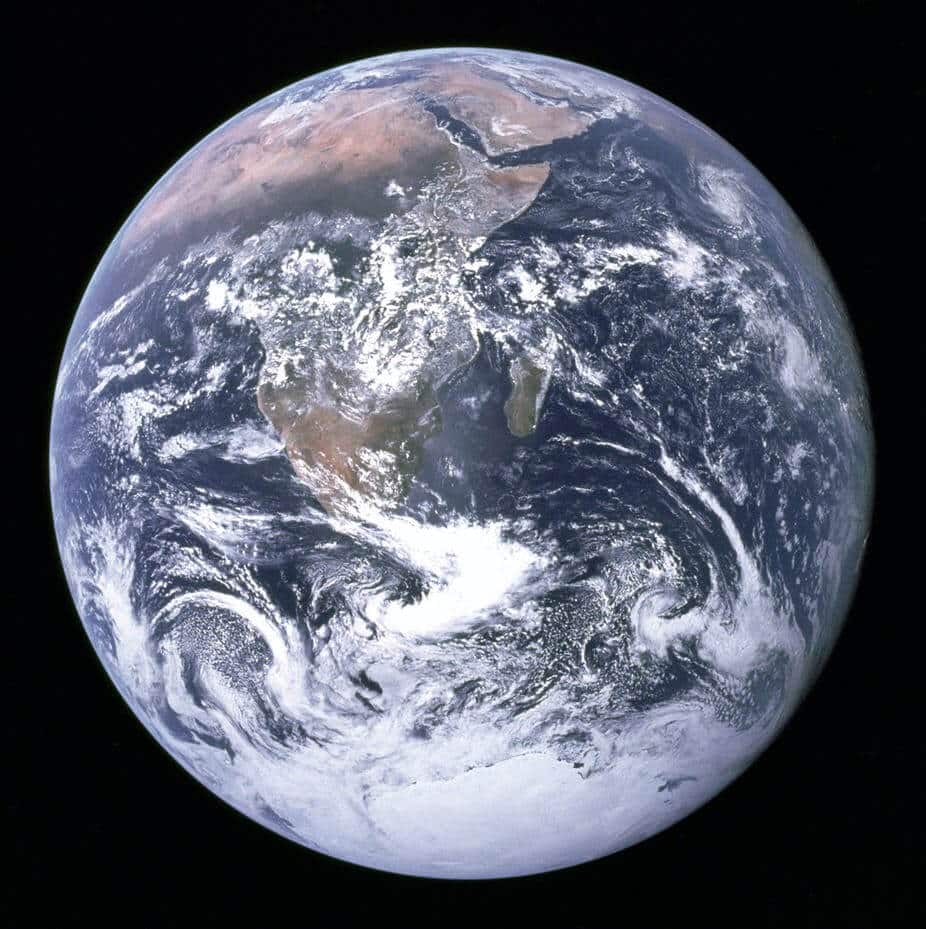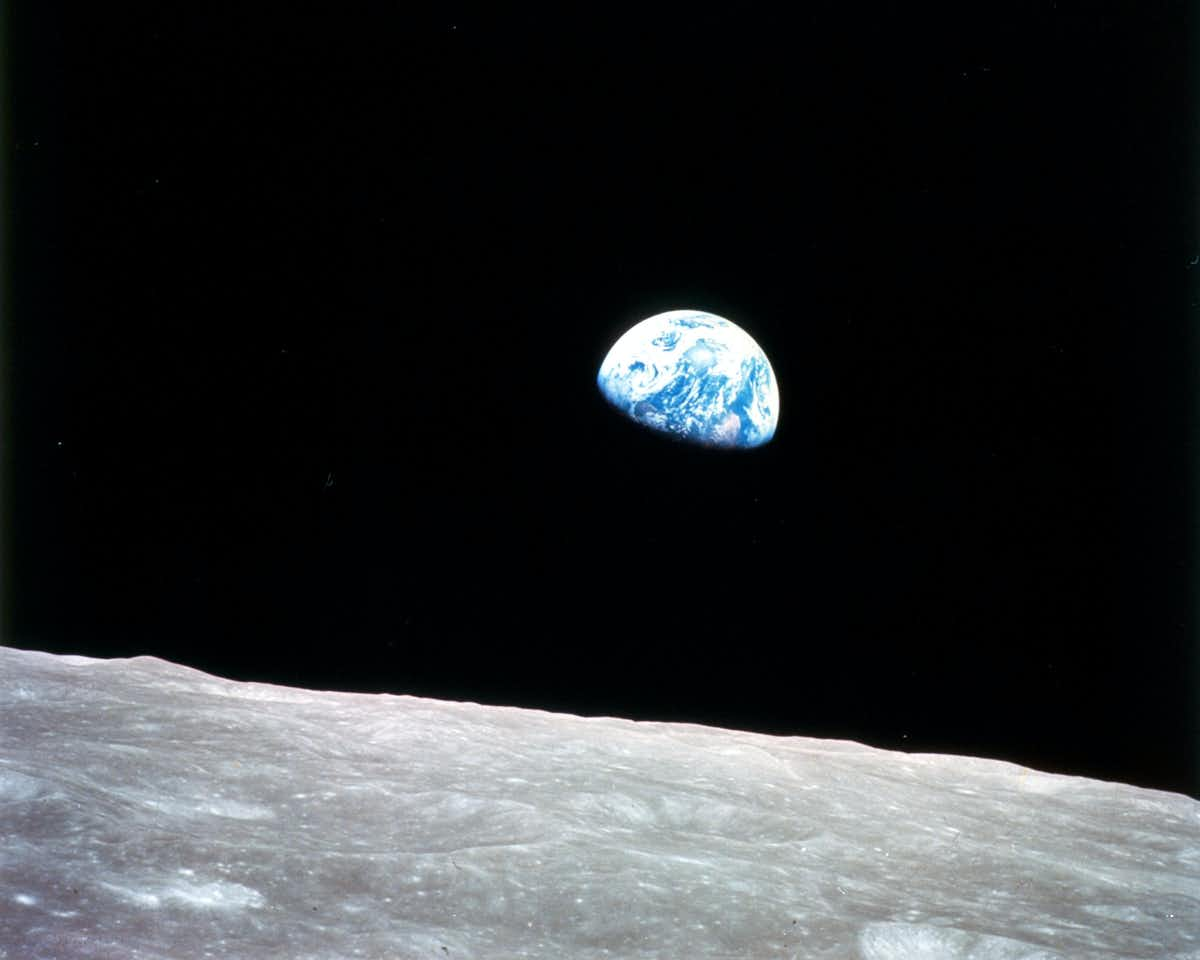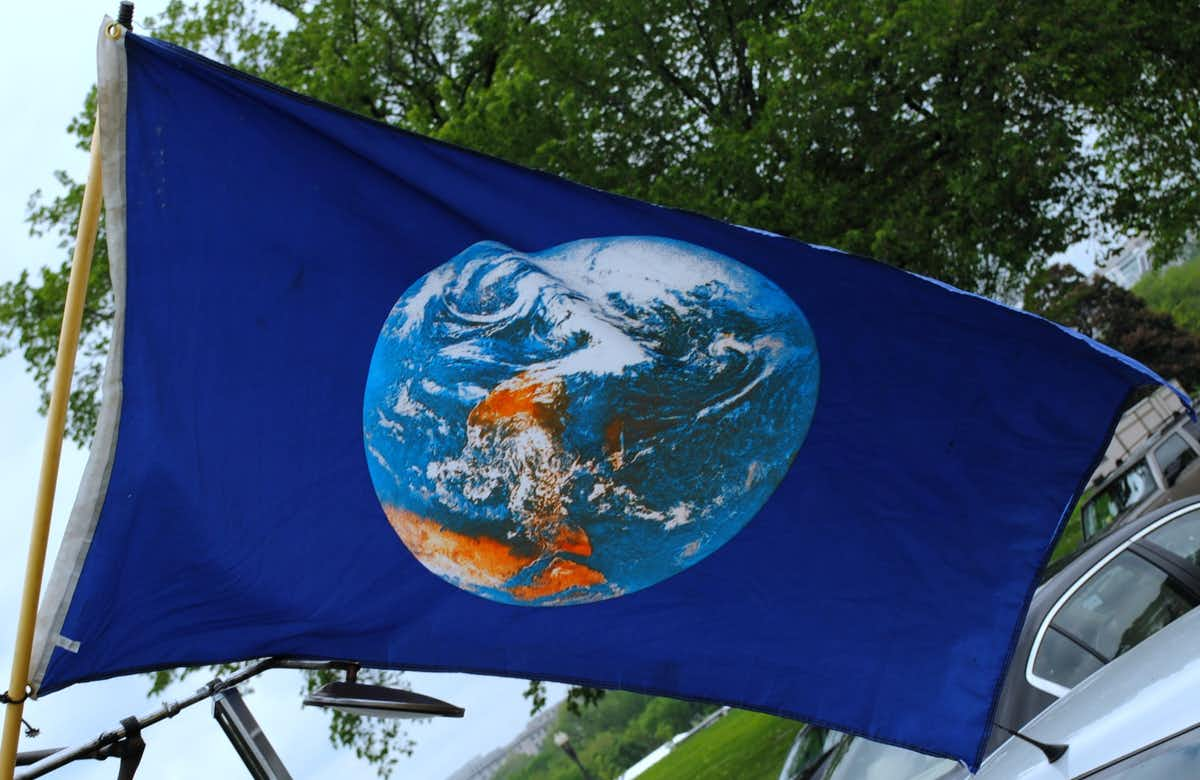Many news reports covering William Shatner's brief journey into space failed to mention his comments about the fragility of the Earth's atmosphere: comments that could easily have been aimed at the heads of state attending the United Nations COP26 climate change conference in Glasgow
By Robert Paul, Professor of History, University of Central Lancashire

"Everyone in the world should fly into space and see the Earth from there, as I did" These were the first words of William Shatner, the 90-year-old former Star Trek actor when he emerged, shaking with emotion, from a short flight into space, where he spent barely four minutes, Aboard a Blue Origin rocket on October 13, 2021.
"This air that keeps us alive - thinner than our skin... We think, 'Oh, that's a blue sky,' and then suddenly you're launched through everything, like you wake up quickly and the sheet is taken off you in the middle of the night, and you look into the blackness... The atmosphere is so thin , and you cross it in an instant!”
Indeed, according to the observations of space travelers like Shatner, our planet's atmosphere appears as thin as an apple peel compared to Earth's. Although from our perspective it may seem limitless, we can change its composition through emissions as easily as we can pollute vast lakes and oceans.
However, many news reports covering Shatner's trip failed to mention his comments about the fragility of the Earth's atmosphere: comments that could easily have been aimed at the heads of state attending the United Nations COP26 climate change conference in Glasgow.
Shatner's journey was made possible through Jeff Bezos' space exploration company Blue Origin, which was founded in 2000 and has understandably been criticized. Bezos, the billionaire founder of the e-commerce giant Amazon, has arguably achieved his greatest success in business by destroying the cultural and commercial infrastructure of local areas around the globe: and has been condemned for spending billions on expanding the space tourism industry instead of improving the environment, down on Earth.
The manned space programs of the XNUMXs and XNUMXs were a competitive race between the US and the Soviet Union, criticized for the enormous waste of money. But this competition yielded one huge and unexpected bonus: the first look at Earth from space, in all its majestic isolation.
On Christmas Day 1968, the crew of Apollo 8 became the first people to see and photograph the entire planet while orbiting the Moon. From a quarter of a million miles away, Earth's unique beauty and vulnerability were seen as never before.
This image of Earth, seen rising above the lunar horizon, was taken by the Apollo 8 crew on Christmas Eve 1968. William Anders/NASA, CC BY-SA
During the orbit, astronaut Bill Anders took an unplanned photo of the Earth partially in shadow, with the Moon in the foreground. The dead colors of the moon were in direct contrast to the earth which is fertile with spectacular colors.
The image, known as "Earthrise", was later described by photographer Galen Rowell as "the most influential environmental photograph ever taken". Years later, Anders reflected on his experience: "We've come all the way to the moon, yet the most significant thing we see is our home planet."
inspiration
From the moment we got a perspective on the Earth from space, the rapid growth of the environmental movement arose, with the formation of the environmental charity Friends of the Earth in 1969 and the first UN Earth Summit in Stockholm in 1972. Commentator John Capri wrote in 1970 that "the greatest lasting benefit of the Apollo missions may be this sudden illumination of inspiration to try to save this fragile environment—if we still can."
In December 1972, the last Apollo mission (Apollo 17) took perhaps an even more famous image of the Earth, illuminated by the Sun at a distance of 45,000 km: the so-called "blue marble photograph".
Unlike Earthrise's depiction of a partially shadowed planet taken from the north, this image showed the entire Earth from the south, including the first sight of Antarctica. This view of a globe of water, centered on Madagascar rather than a western country, emerged as a photographic manifesto for global equality. With a human eye behind the lens, the human race found itself face to face with Mother Earth in an image that became one of the most reproduced images of all time.

In fact, traveling to space to see this transformative sight in person was, of course, impossible for the vast majority of the population. Since 1972, no human has left Earth's orbit or seen the entire Earth, and very few will.
As a result, many groups have spread environmental awareness by presenting Earth from a distance to the wider population, including the use of virtual reality. As a historian and an environmentalist, I have a more modest suggestion.
New blue marble

Next year it will be 50 years since the photograph of the blue marble: I think it's time to photograph another one. In December 2022, the Earth will be in a similar position relative to the Sun as it was in December 1972. This will make it possible to examine the possibility of capturing an image of the entire Earth from the same distance and from the same angle as before, revisiting perhaps the most environmentally important achievement of the space age.
Although impressive satellite images of the entire planet have since been taken, none offer the same perspective as the original image and most are composites pasted together from multiple frames to show an ideal globe in perfect weather.
While this image will still be beautiful, the planet it captures will not be the same. Deserts like the Sahara have expanded. Cloud systems have changed. The Antarctic ice is retreating, and less green will be seen. Viewed side by side, these two blue marbles, half a century apart, will bring home the consequences of climate change without words, immediately and globally.
So, space billionaires: if you really care and want to protect our planet, come take the ultimate Earth photo.
